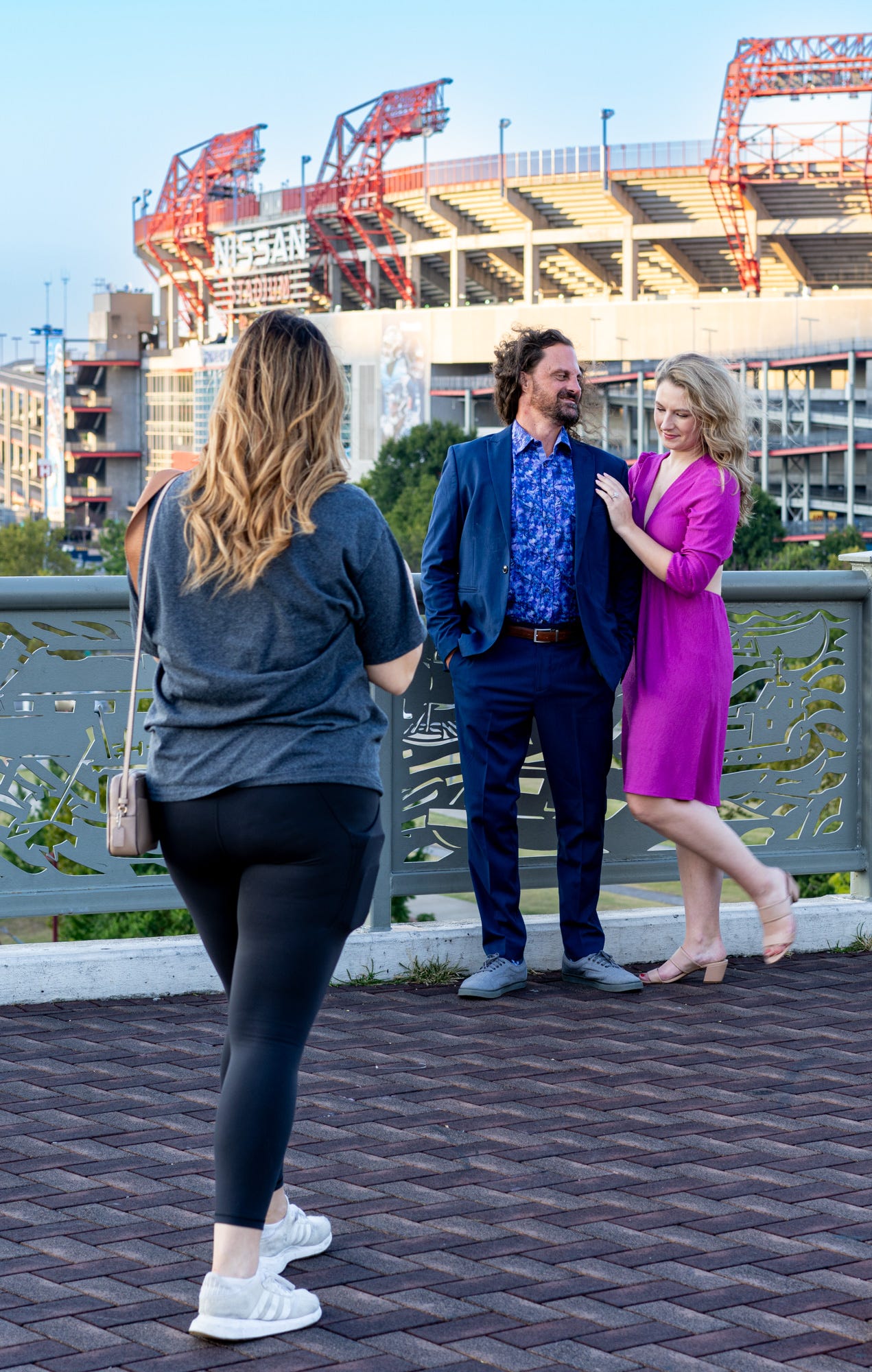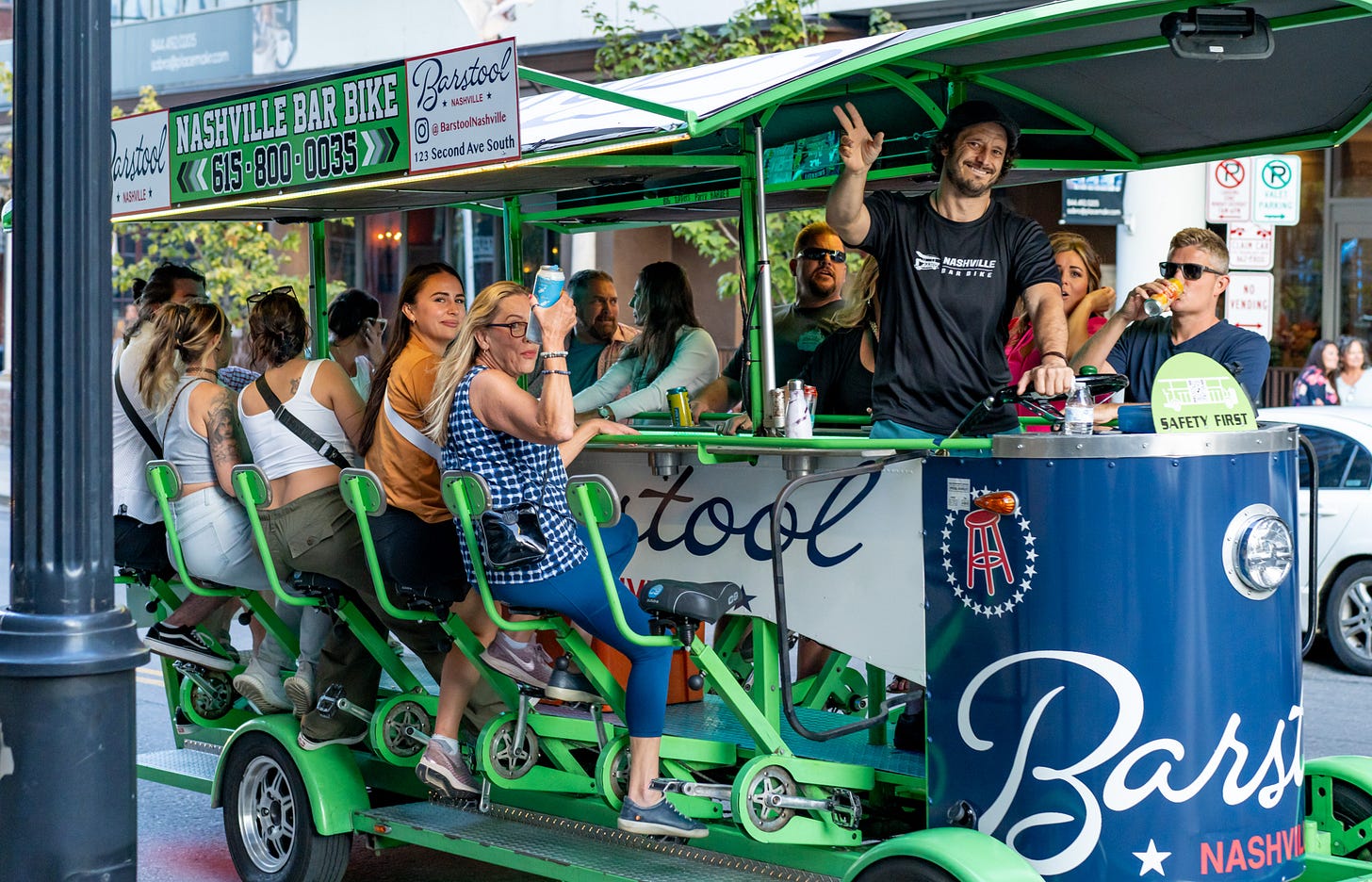Can you learn to be creative?
The struggle for Type A and creativity to coexist
Can a Type A, data-driven planner type become creative? What does being “a creative” mean? Our friends at Merriam-Webster say it means “One who is creative.” Super helpful. These thoughts have sometimes dominated my mind over the past two years.
As I have written before, I am a checklist-oriented planner. I enjoy checking off a completed item and knowing I achieved a goal and earned a small victory. Most of my professional life has been task-driven. There was always room for improvisation and creativity, but only within a given set of rules or boundaries.
My goal-oriented personality has led to some amusing moments while pursuing a degree in Commercial Photography. I have heard from more than one instructor that the photo I made was technically perfect and that I met all the listed goals of an assignment except for one: my photo was stunningly dull. When you are practicing something on the more artistic spectrum, checking all the boxes doesn’t necessarily produce success.
I’ve had to learn around or outright break some old habits. I’ve appreciated the challenge, but it has not been easy, and I was recently reminded that I have a long way to go.
This week’s latest example had me lose sight of the creative flow and fall back to checklist-conquering habits. I had to produce a street photography photo essay in downtown Nashville. My idea was to create a tourist-oriented piece by capturing tourists doing tourist things. These scenes play out thousands of times daily on “lower Broadway.” They are sometimes annoying but almost always entertaining.
We were on location just before sunset, and I noticed the sun perfectly positioned between two signature buildings on the Nashville skyline. I tried to get a quick shot to see if I could make something enjoyable. It wouldn’t work for my project; it was just a cool shot. I manipulated the settings on my camera to get a nice starburst effect on the sun, but overall, the image was just meh. So I bailed on it and marched toward downtown to get the photos I had in mind for the class. I immediately encountered a couple having their picture taken on the pedestrian bridge and quickly found many of the other scenes I envisioned for my assignment.
Had I been open to different ideas or just the moment’s inspiration, I probably would have done what my instructor did. As a professional photographer with over ten years of experience, he took the time to step back and see what kind of scene he could capture. His result was a fantastic shot of the sunset beaming between the buildings with the pedestrian bridge in the foreground and the blurred motion of two people riding their bicycles past him for extra depth and interest.
In other words, he relaxed and observed the entire scene to see what opportunity lay before him. I was trying to complete my checklist. My narrow focus on the images I “had to get” prevented me from seeing the other images surrounding me.
I eventually found some great scenes and captured the feel I sought as tourists enjoyed the city. I felt pretty good about what I had as I left downtown and drove back to the school. There, we looked at the photos everyone made in class. Then I saw the instructor’s photo and realized I again missed the forest for the trees.
I succeeded in the assignment but missed the bigger picture and let moments of creativity pass me. The fact that my instructor made such a superior photo isn’t surprising; he’s an excellent photographer. But the fact that I let myself be consumed with a task when I should’ve been more open to my surroundings, again, left me disappointed in myself.
The doubts about whether I could be a “Creative” started creeping in again. I know this is part of the process, but I feel I should be doing better by now. Planning is required for most great photography. Yes, sometimes you are just in the right place at the right time, but typically, a good photo comes from at least some planning. Even if it is as minimal as knowing where the sun will be and positioning yourself in an area with good lighting or interesting shadows.
I have a long way to go to see the world around me the way a good photographer should. I think it’s time for me to re-read my copy of “How to See” by George Nelson.
I feel I’ll get there eventually, and recognizing when I fail or am about to fail is an integral part of the journey. But who knows, maybe you can’t learn to be creative. Maybe I need to create a few standing checklist steps that say:
Stop
Observe everything
Be open to the unplanned






